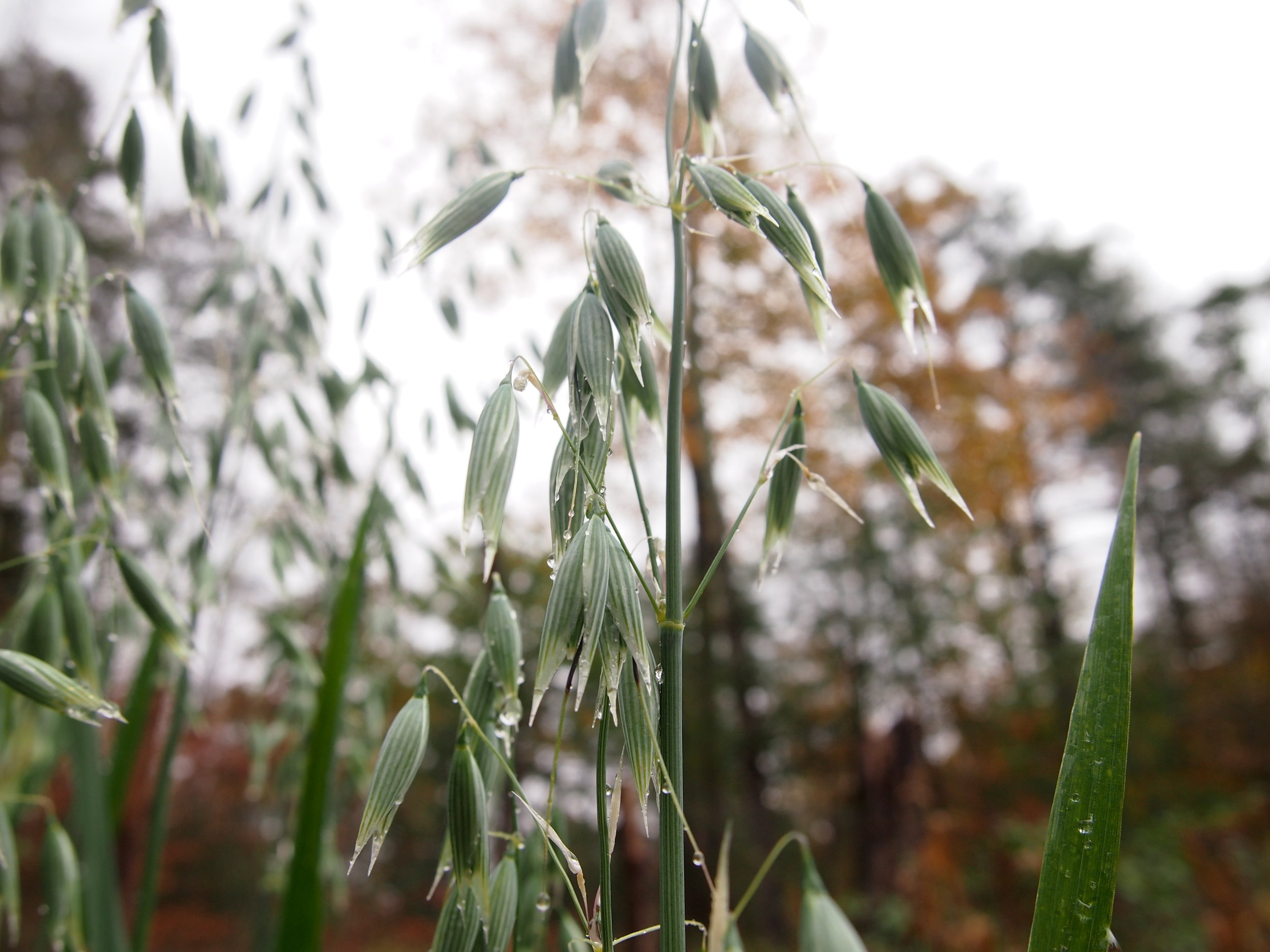⚠︎ Herbs should be prepared in medicinal level (Strong infusion, Decoction, Tincture...)
◊ Astragalus (root):
Traditional Chinese herb. Great immune enhancement & tonic when weak and recovering from: colds, flu, bronchitis, and other upper respiratory tract infections.
***Avoid when in actively sick (such as feverish condition) due to its anti-diaphoretic action, which helps hot-flash/sweating from menopause.
Preparation: Decoction, Tincture
◊ Echinacea (flower & root):
Traditionally a trusted herb for cold & flu, especially for prevention and early stages of onset. It should be taken frequently through the day to act on active cold & flu.
Its anti-microbial action can work on infections of the upper respiratory tract.
Preparation: Infusion, Tincture, Electuary, Vinegar, Oxymel, Syrup, Oil, Steam
◊ Elecampane (root):
Coughing with mucus is our body's attempt to expel mucus out of the lungs. It's a necessary step in the healing process. Suppressing this natural healing step can cause mucus trapped in lungs, also lead to additional infections.
Elecampane works as expectorant, helping mucus leaving a respiratory tract.
***Great 'Prebiotic' as well. Probiotics (a kind of fiber) works as nutritional fertilizers for good bacterias in our gut, where 80% of our immunity is located.
Preparation: Decoction, Infusion, Tincture, Honey
◊ Monarda:
Its strong anti-microbial action treats a host of infections — cough, sneezing, nasal discharge and congestion, fever, sore throat etc...
***oil Infusion, honey infusion, and strong infusion are useful methods to apply.
Preparation: Infusion, Tincture, Electuary, Vinegar, Oxymel, Syrup, Oil, Steam
◊ Marshmallow (root & leaf):
Dry cough (without mucus) may be an indication that your respiratory tract may be dry and irritated. Marshmallow root has actions to soothe, moisten and cool down; it can be taken for dry/irritating coughs or an inflamed throat.
***DO NOT infuse Marshmallow with hot water, use cold ~ lukewarm water and let it sit at least for 4 hrs (over-night is ideal).
Preparation: Infusion, Oil, Syrup, Capsule
◊ Mullein:
Very versatile herb for a respiratory issue! It has similar properties to Marshmallow, including soothing, toning, and cooling inflammations, while stimulating fluid production.
For a painful, cracking cough and cough coming from deep place (M. Wood), Mullein will show its benefits.
***Plantain (leaf) can be used in the same box.
Preparation: Decoction (root & seed), Tincture, Infusion (leaf & flower), Oil, Capsule
◊ Wild cherry bark:
Another known cough remedy in history. Anti-inflammatory, astringent, and cooling properties. It's great especially for a persistent cough, and irritating, tickling throat — Calming spasmodic coughs.
Preparation: Infusion, Tincture, Syrup
◊ Wild lettuce:
Not only calming spasmodic coughs or cooling heated lungs, but also super sedative and calming (physically and mentally). This potency helps those who wake up over night from non-stop irritating coughs and induce better sleep. SLEEP is the MOST important while sick!
***This herb is not very widely sold, so do some research in your area! Here is one location in NYC.
Herbs & Alchemist, Mountain Rose Herbs, Woodland Essence are online vendors carrying Wild lettuce.
Preparation: Infusion, Tincture




















